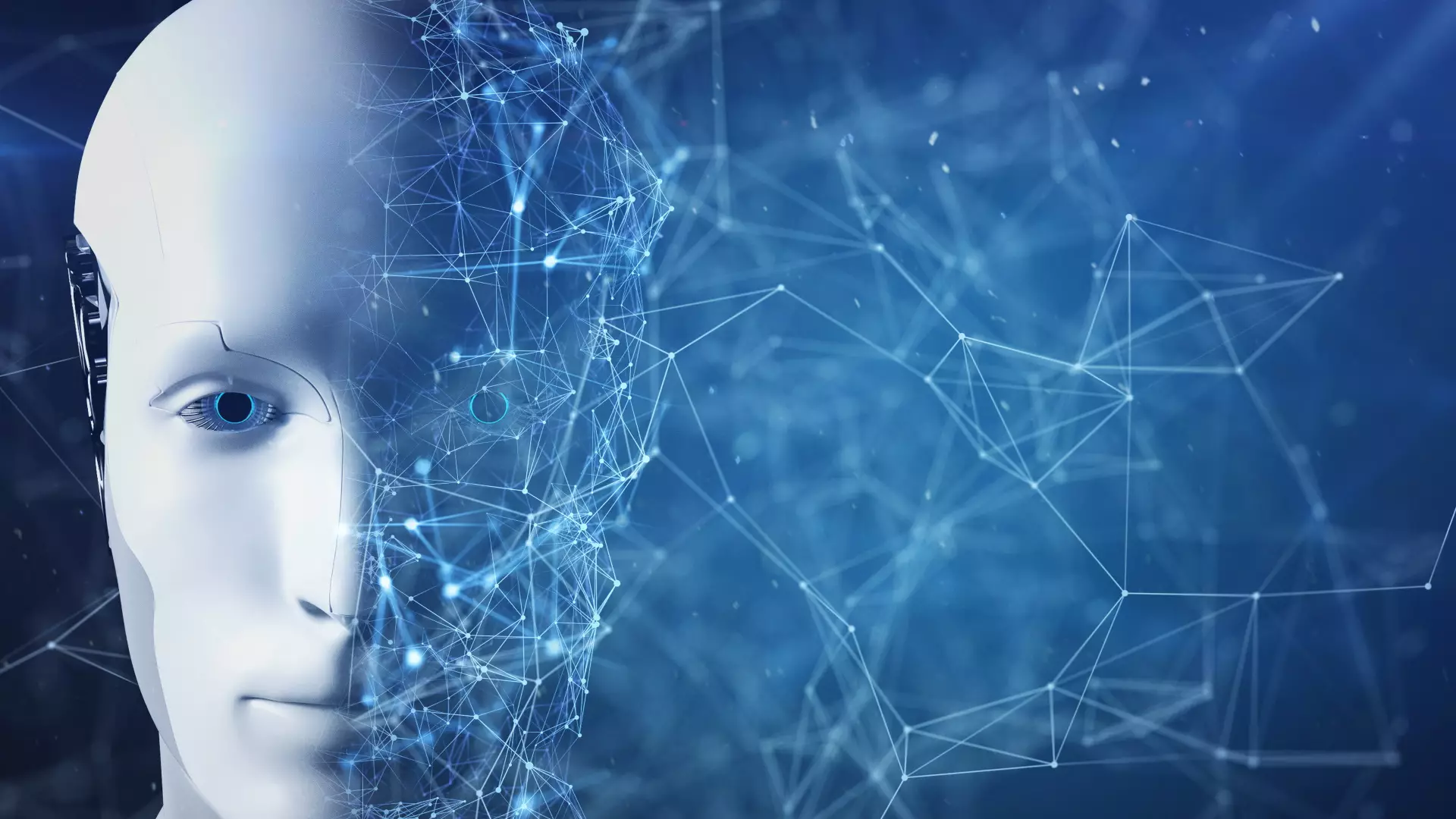In a world dominated by technological advancements, the role of artificial intelligence (AI) emerges as both promising and daunting. The duality of AI—a tool for enhancing human capability or a source of potential missteps—draws attention, particularly in the education sector. As organizations and countries explore innovative possibilities, the question that arises is not just how we can harness AI, but how we can ensure that it serves the best interests of educators and students alike.
Recent reports indicate that China is pioneering an initiative to incorporate AI into its educational framework, aspiring towards becoming a “strong-education nation” by 2035. This ambitious plan aims to reshape teaching methodologies and curriculum development by integrating AI technologies to enhance the quality of education. Central to this ambition is the idea that AI can cultivate both the basic and advanced abilities of students and teachers, paving the way for improved communication, cooperation, and critical thinking skills.
The Promise of Personalized Learning
At the heart of the AI education initiative is the concept of personalized learning. Unlike traditional one-size-fits-all approaches, AI holds the potential to create customized learning experiences that cater to individual student needs and dynamics. Through sophisticated data analysis, AI can identify learning patterns, helping educators pinpoint areas where students excel or struggle, and tailor the curriculum accordingly. This bespoke approach could significantly enhance student engagement, foster independence, and ignite a passion for learning that drives them toward success.
However, the introduction of AI in classrooms should not be misconstrued as an outright replacement of human educators. Instead, AI should be viewed as an augmentation of the educator’s role—empowering teachers with tools to enhance their pedagogical strategies. By leveraging technology to automate administrative tasks or provide real-time feedback on student performance, educators can redirect their energy towards building meaningful relationships with students and enriching the learning experience.
Ethical Concerns and Oversight
While the potential benefits of integrating AI into education are compelling, they are not without risks. Concerns about data privacy, algorithmic biases, and the lack of accountability remain pervasive. AI systems, particularly those that operate on vast datasets, risk perpetuating existing biases if not constructed with careful oversight and ethical considerations. Furthermore, the reliance on AI-generated insights may inadvertently undermine the value of human intuition and expertise in the educational context.
Therefore, as we move towards an AI-enhanced educational landscape, the need for transparency cannot be overstated. Tailoring AI systems to be purpose-built and regularly scrutinized by educational professionals can help mitigate the potential downsides. A collaborative approach, involving educators who fully understand the nuances of their field, should drive the design and deployment of AI systems. Such a strategy would ensure that AI contributes positively to curriculum development rather than leads to confusion through erroneous outputs.
Global Trends and the Future of AI in Education
China’s proactive approach to incorporating AI into education is representative of a broader global trend where countries are recognizing the imperative for educational innovation. The United States and Europe are also exploring similar avenues, albeit with varied levels of enthusiasm and skepticism. As world economies evolve, fostering a skilled workforce equipped with problem-solving abilities and creative thinking stands as an essential driver of national competitiveness.
The discourse around AI in education must embrace a balanced perspective that focuses on harnessing its transformative potential while acknowledging inherent limitations. As we stand on this precipice, the future of learning will not be dictated by the technology itself but by our commitment to shaping its role in accordance with human values and needs. By prioritizing ethical considerations and promoting community engagement in the development of AI resources, we can cultivate an educational environment that is not only technologically advanced but also deeply human-centered.
As the conversation continues to unfold, it is imperative to remain vigilant and critical of who is designing these AI systems and for what purpose. The transformative power of AI in education is clear, but its implementation must be executed with deliberation and foresight to truly benefit all stakeholders involved.


Leave a Reply